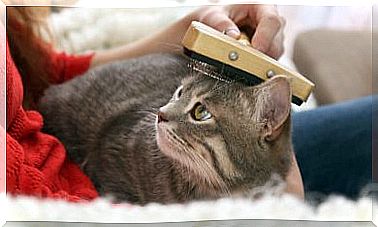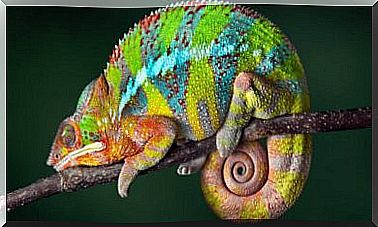Dog Breeds Of England

Britain, in general, is one of the most prolific territories in terms of the creation of companion and working animals. It is therefore not surprising that there are almost 40 breeds of dogs in England, and that many of them are also popular around the world. In this article we will tell you about the most famous ones.
What are the main breeds of dogs in England?
We could say that a good percentage of the dogs of England have crossed borders and continents and can be found no matter where we are located. Of the almost 40 existing breeds, it is a bit difficult to choose some, but we will tell you about the most popular or recognized:

1. Beagle
Medium in size, it is a hound used for tracking rabbits and hares due to its highly developed sense of smell. They became famous in the Elizabethan Era, as the Queen was a fan of the breed. It has large ears, a coat of up to three colors (white, black and brown) and a black nose. He is very peaceful, cheerful, unguarded, intelligent, determined and determined. He is prone to epilepsy, hypothyroidism, and being overweight.
2. Bull Terrier
It belongs to the group of Terriers and is one of the dogs of England par excellence. One of its main characteristics is its triangular head and its elongated snout. It is very active, funny, affectionate and, although most of them are white, some may have brindle or fawn spots. It is easy to maintain due to its short hair and requires a lot of exercise to burn off energy.
3. Bulldog
This breed is one of the symbols of England and emerged in the 17th century for fighting (a practice prohibited in 1835). It is somewhat “chubby” and has several folds or wrinkles in the coat. It has a large head compared to the body, it has short and smooth fur in three colors (red, white and beige, it can also be brindle). The lips are hanging, and as for your health, you may suffer from respiratory problems.
4. Cavalier King Charles Spaniel
A royal dog with all the letters. Since the 16th century it has been used as a companion pet by the English court (this can be seen in various paintings of the time). It is small, cheerful, active and belongs to the group of water dogs. It is named after King Charles II, a fan of the fledgling breed. It must be taken out on a leash because otherwise it will want to chase everything it sees in its path.
5. Jack Russell Terrier
Another of the best known dogs of England, but which nevertheless had its main development in Australia. Small in size and mainly white in color (with some brown spots on the ears and face), it is an alert, independent, agile, strong and resistant terrier. It is normal for it to bark to locate prey or to want to dig in the ground.
6. English Pointer
It is a breed of hunting dog whose name is due to the ability to “show” a prey. Its origins date back to the seventeenth century, when shotgun hunting was common. It descends from the Braco, but it is not yet known whether from French, English or Spanish. He is gifted with an exceptional nose, never tires of searching, and can run long stretches without problems.

7. English Setter
Although the origins of the breed date back to the Middle Ages in France, several specimens were brought to England and crossed with the Pointer. Then other Setters appeared (Wales, Ireland, etc). The current one was born in the 19th century to work in the fields, it is a medium-sized dog with black and white speckled fur (like a Dalmatian but with long hair).
As for character, he is easy to train, active, friendly, needs continuous company and does not take a single owner, but gets along well with the whole family and close friends. It requires patient training due to its somewhat “wild” nature.
8. Norwich Terrier
He was bred to hunt small rodents, has a friendly personality and is chosen as a companion pet. The first specimen was born in East Anglia in the 19th century and is an increasingly rare breed to find outside the country.









